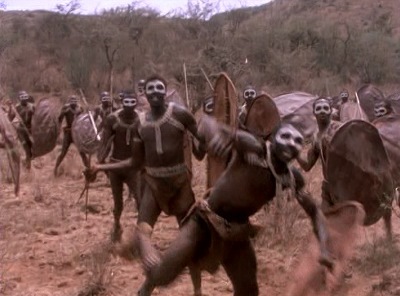A number of older and newer experiments are described in the New Yorker article ‘WHY FACTS DON’T CHANGE OUR MINDS – New discoveries about the human mind show the limitations of reason‘. They clearly show that even exposure to real facts may not change an opinion we would have developed beforehand.
 The interesting part of the article is the reference to a study that would show that these limitations of our reason could be linked back to the context of the hunter-gatherer. The need for collaboration, fostered by evolution, may have blunted some aspects of our reasoning. That would be in particular the case for confirmation bias (the tendency to find confirmation that confirms our opinions).
The interesting part of the article is the reference to a study that would show that these limitations of our reason could be linked back to the context of the hunter-gatherer. The need for collaboration, fostered by evolution, may have blunted some aspects of our reasoning. That would be in particular the case for confirmation bias (the tendency to find confirmation that confirms our opinions).
There is hope still: “Humans aren’t randomly credulous. Presented with someone else’s argument, we’re quite adept at spotting the weaknesses. Almost invariably, the positions we’re blind about are our own.” The trick is to be able to get others look at our situations. And, maybe, try to get over those limitations we have inherited from our ancestors.



